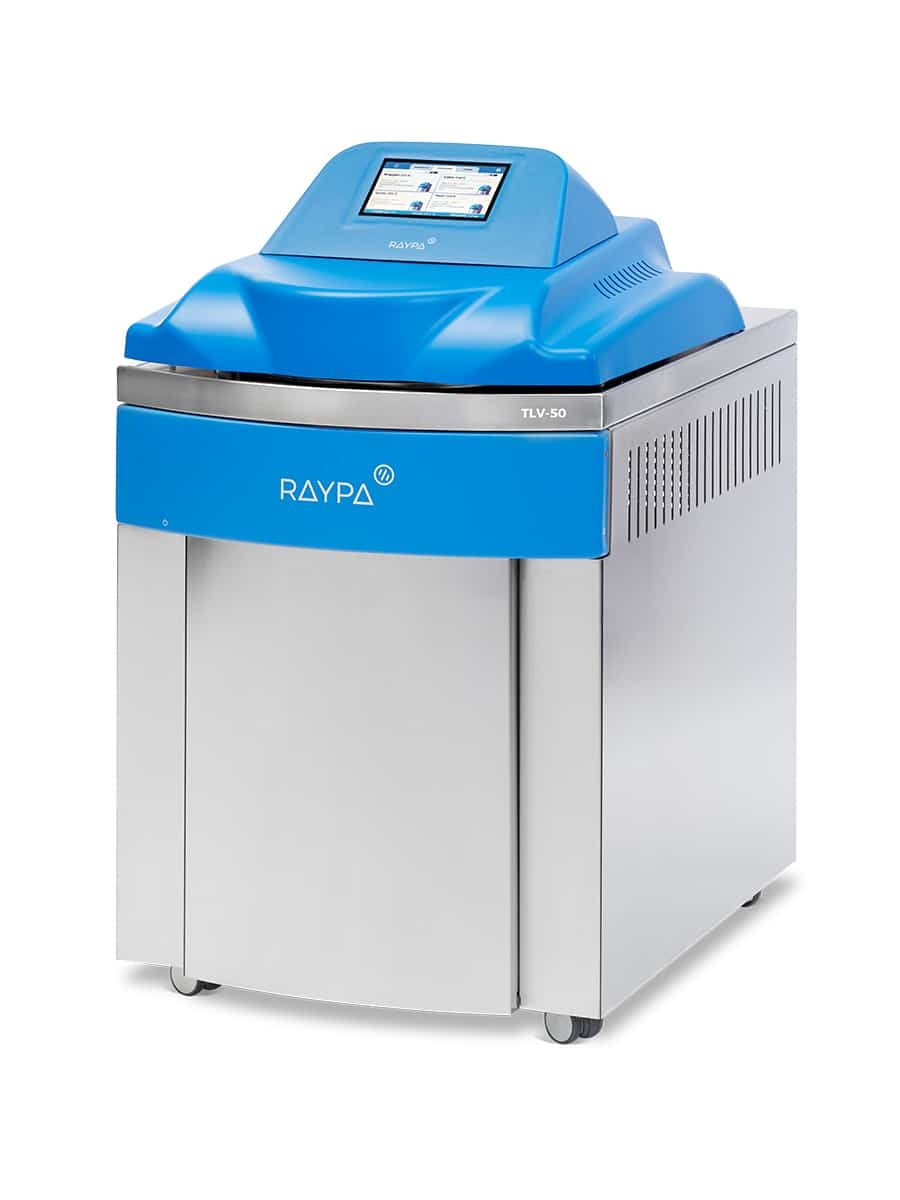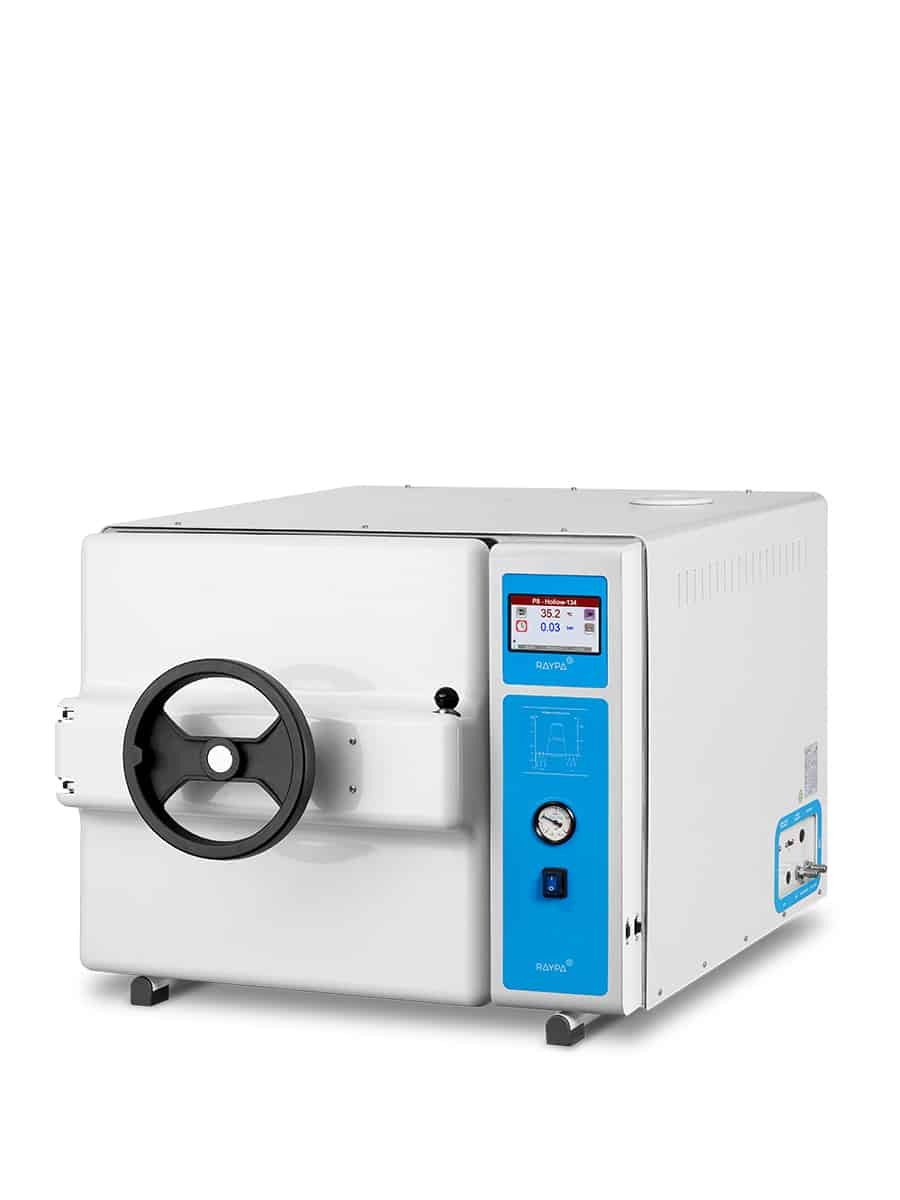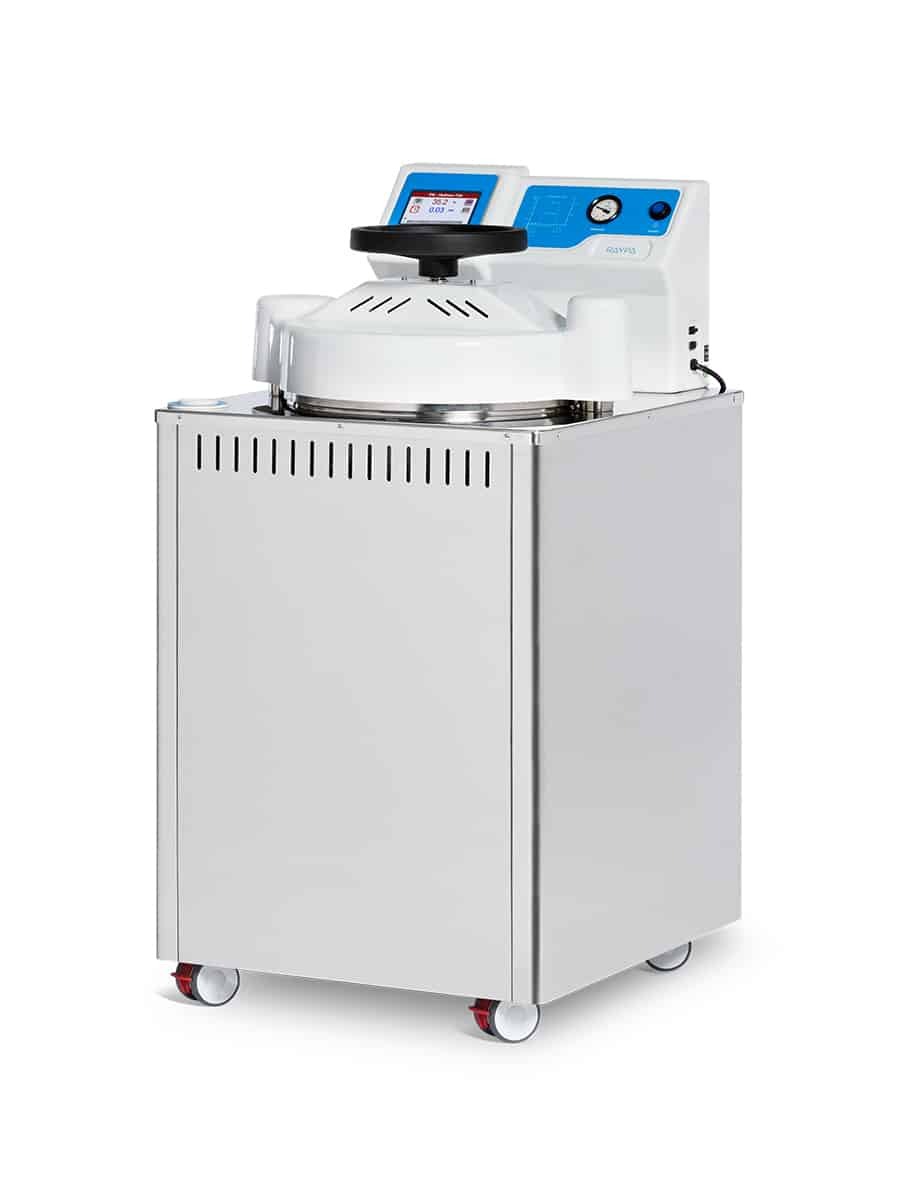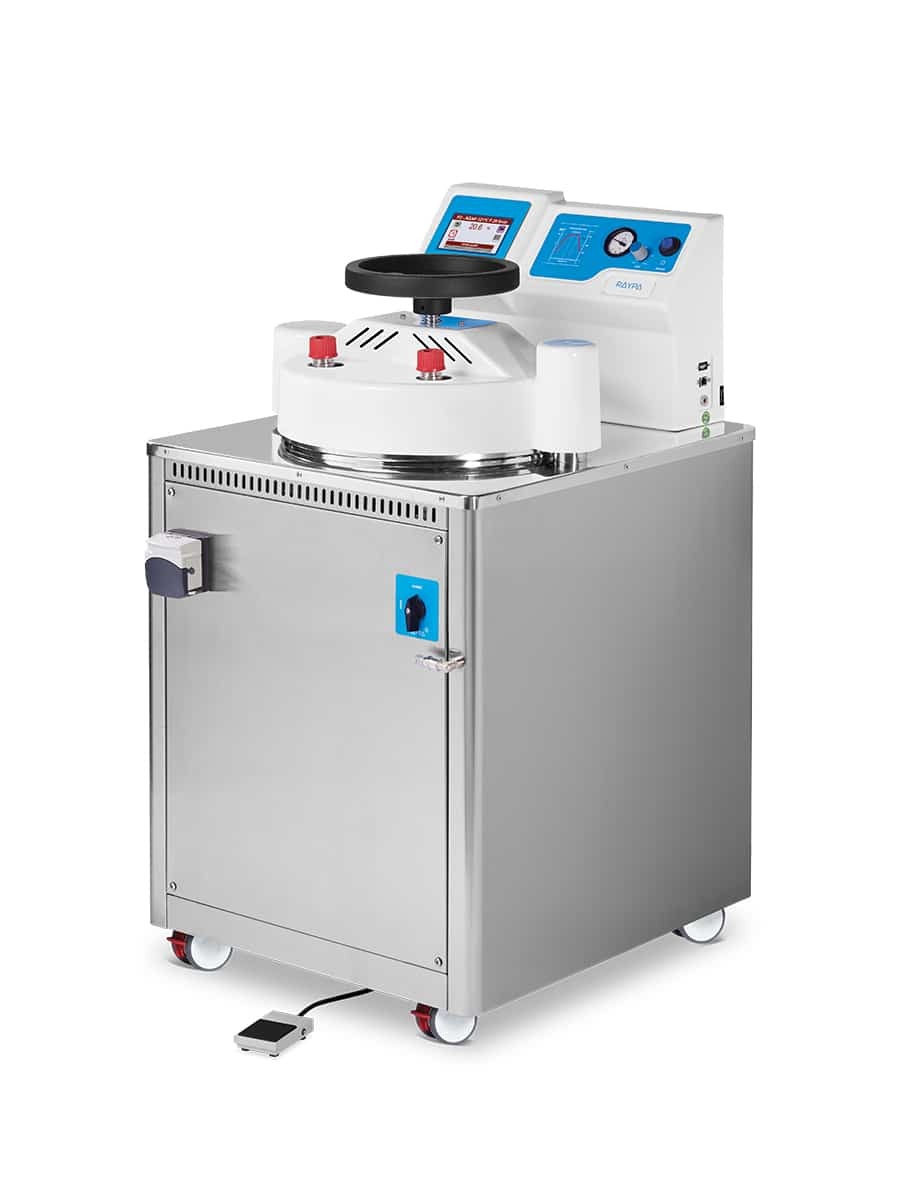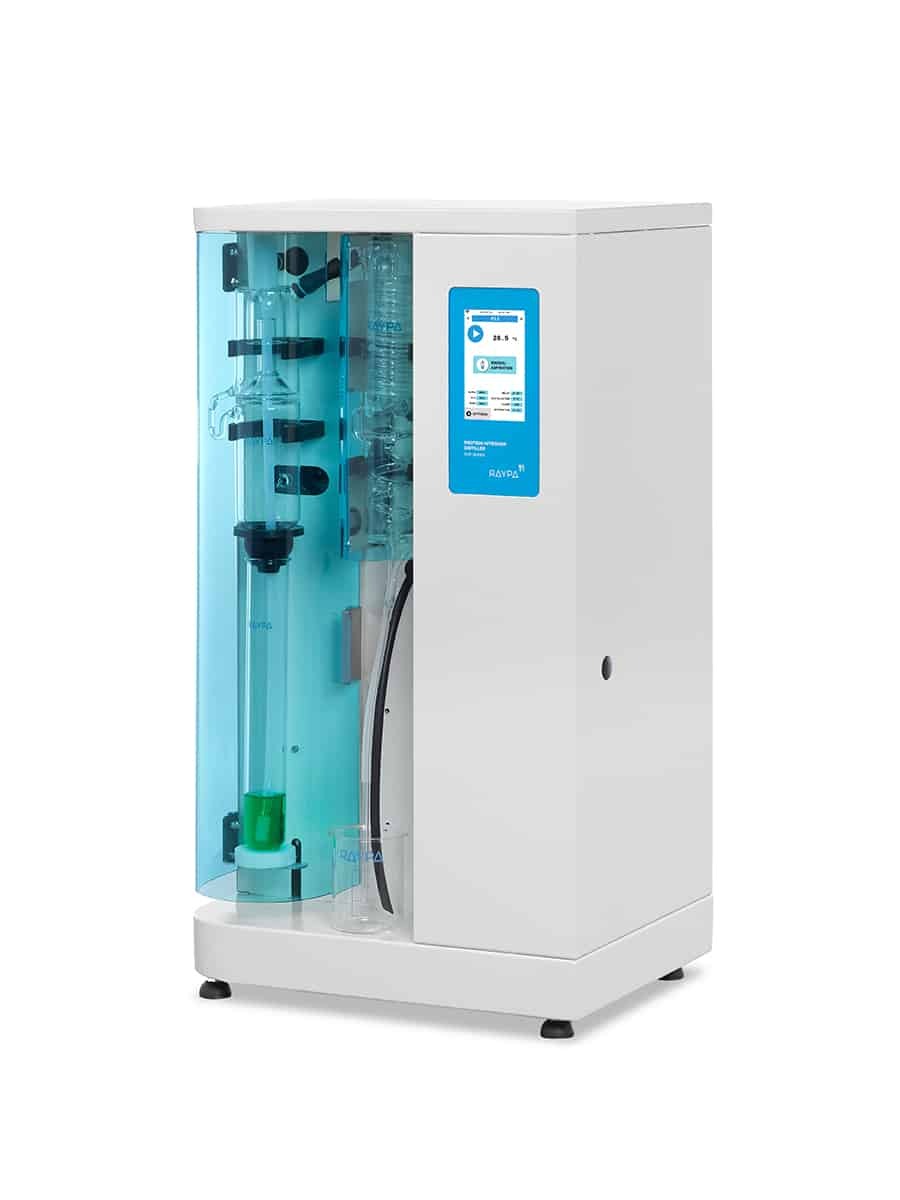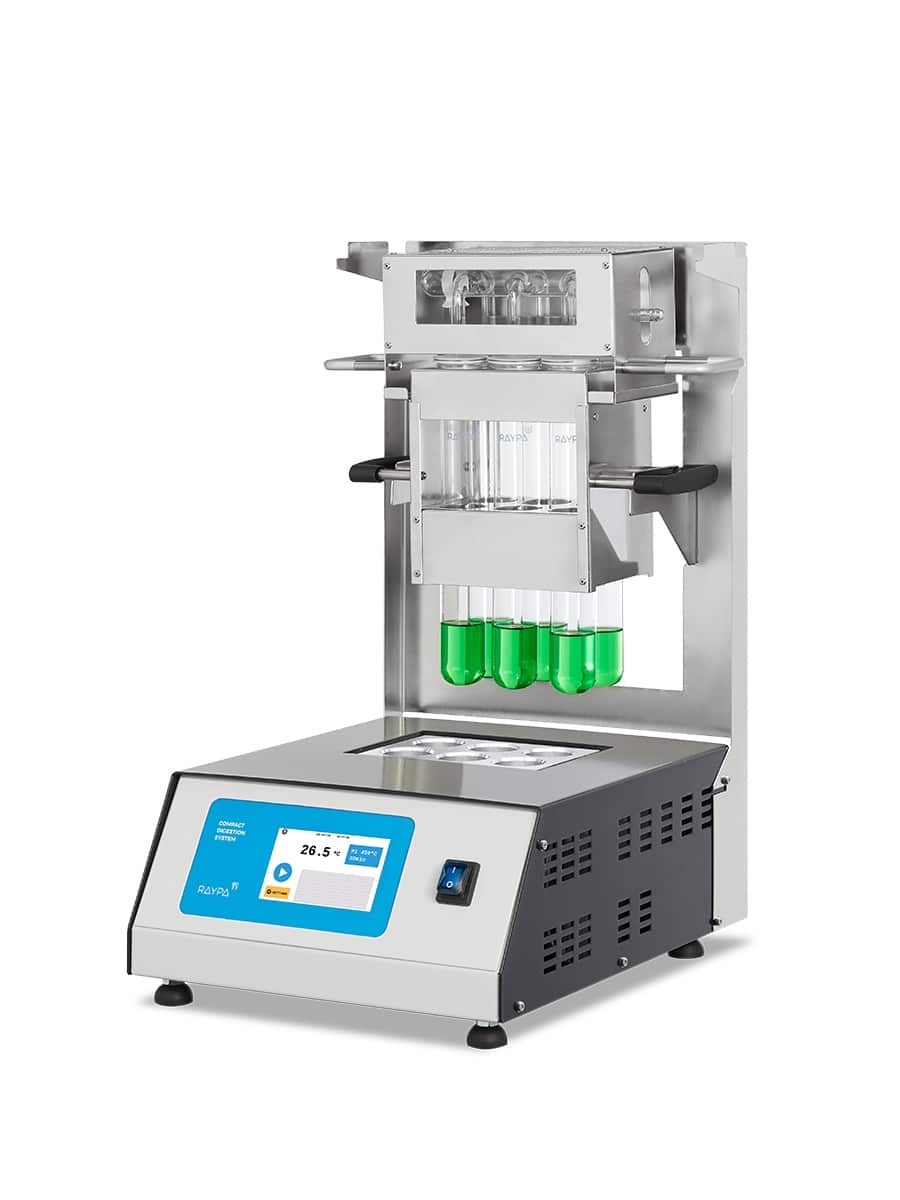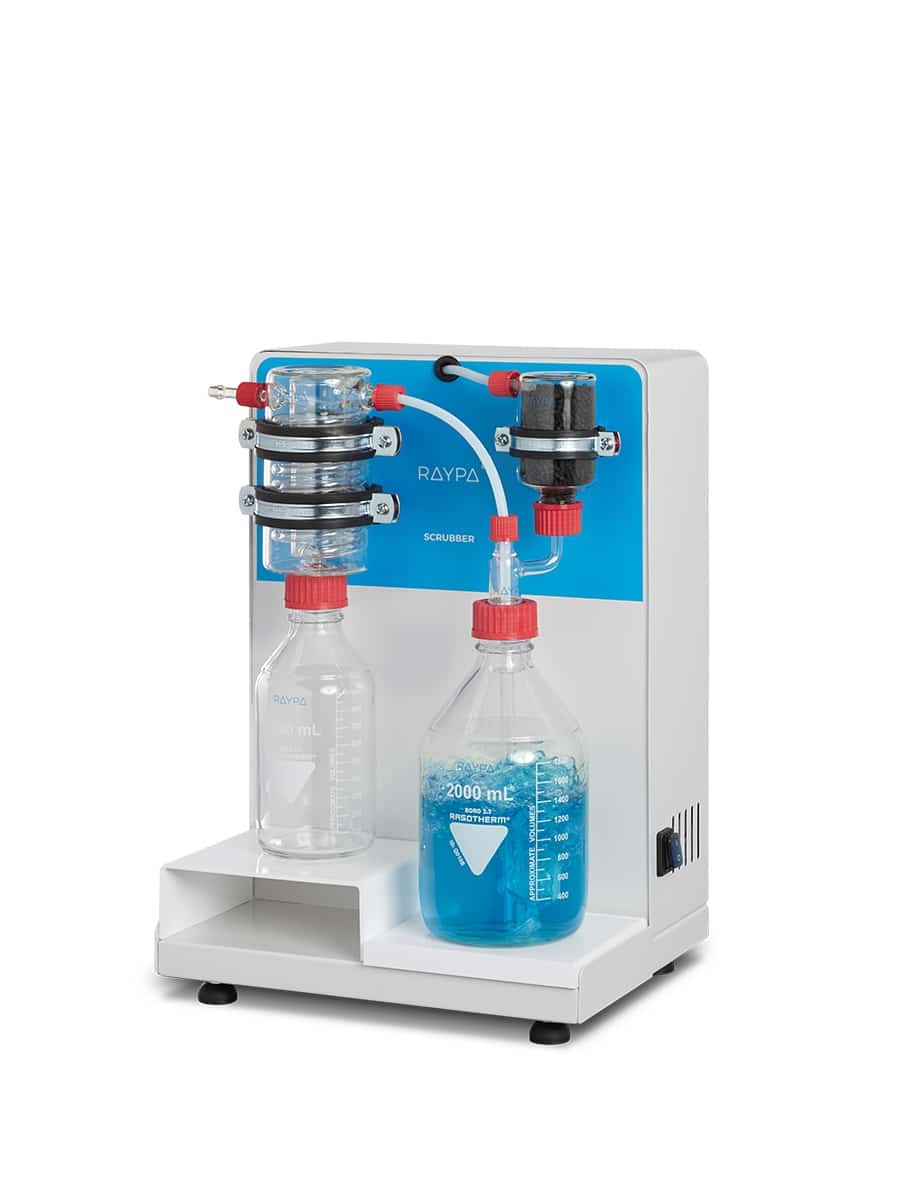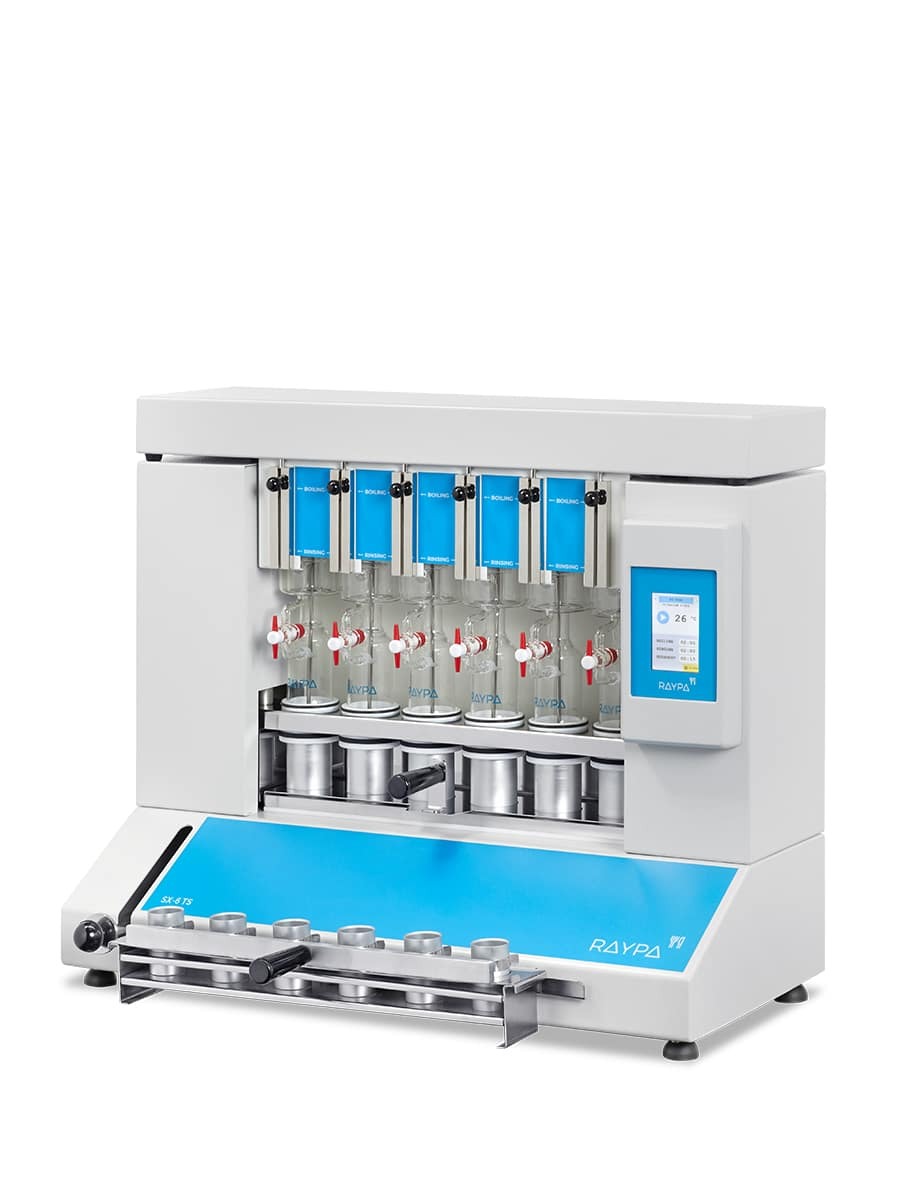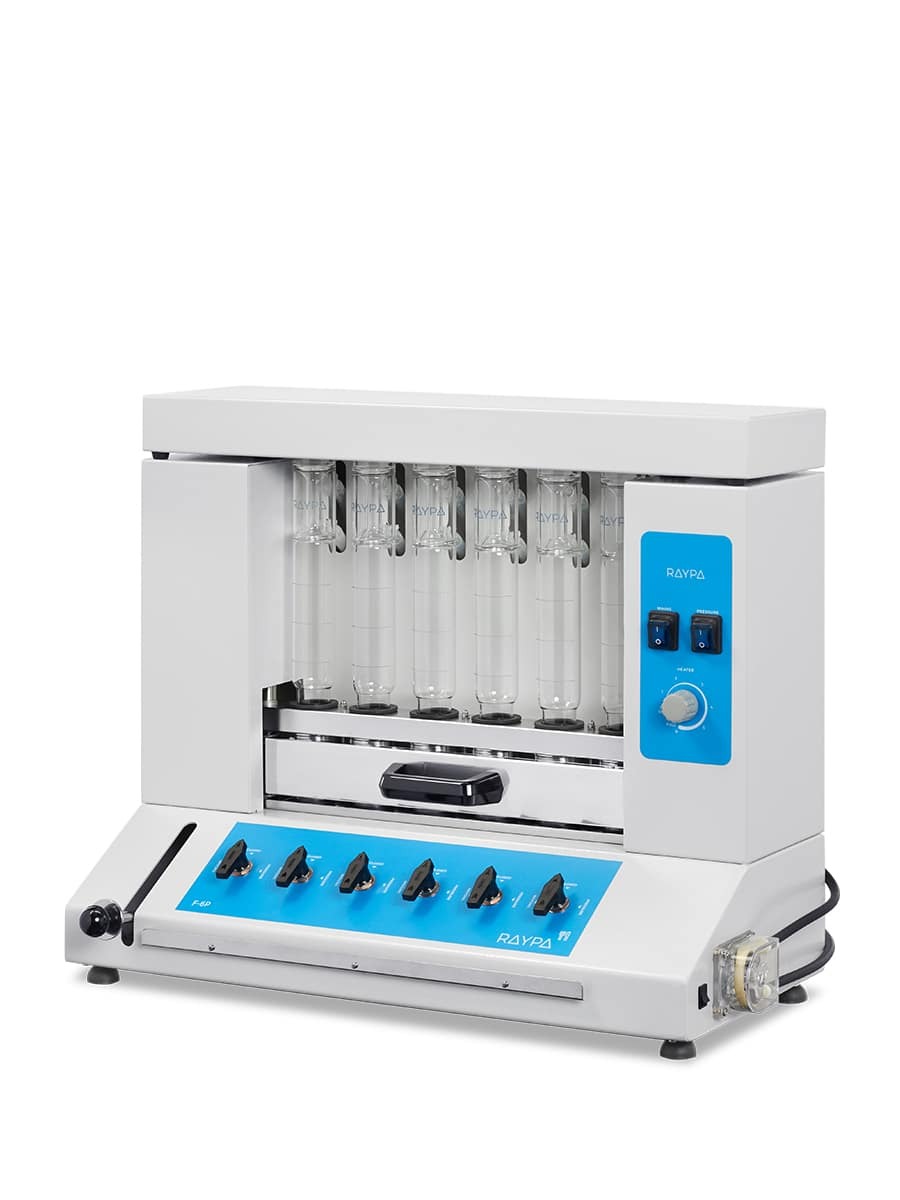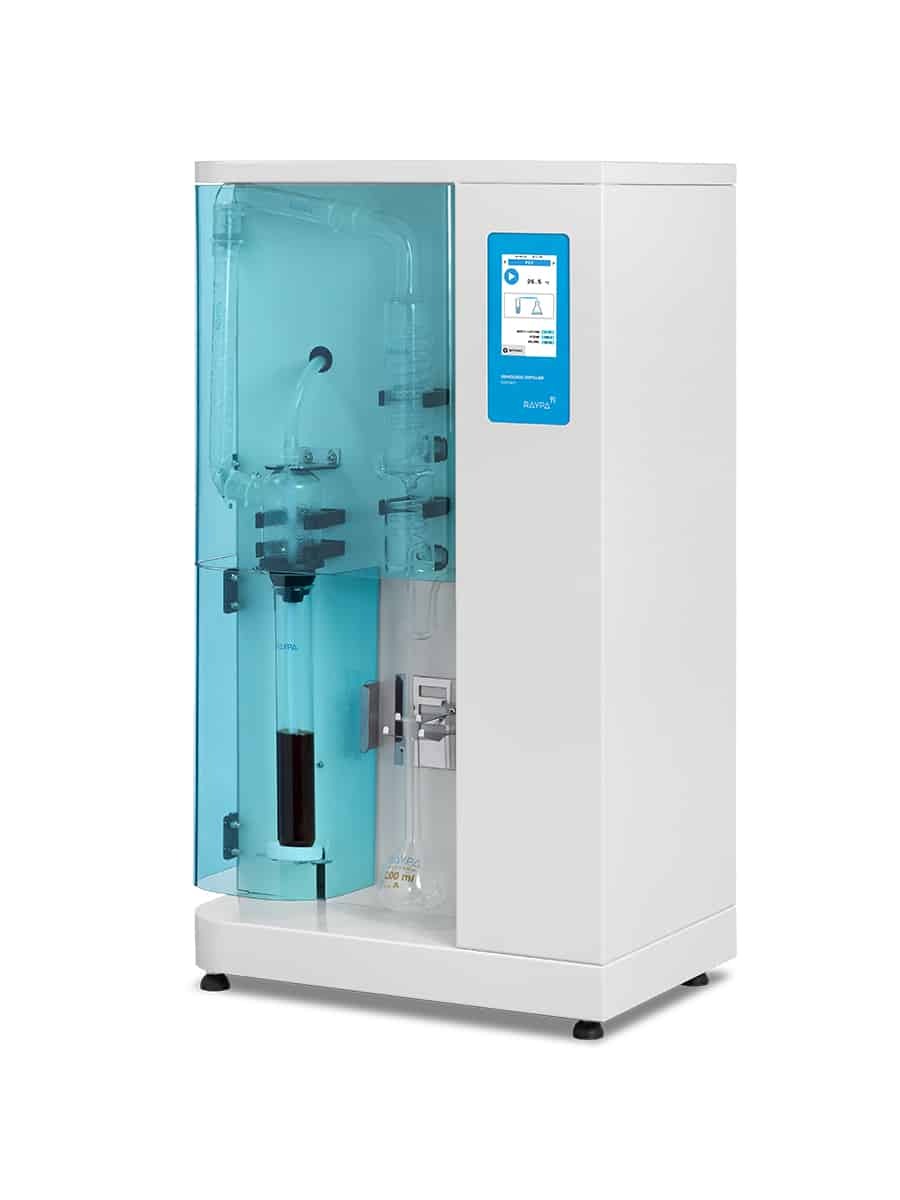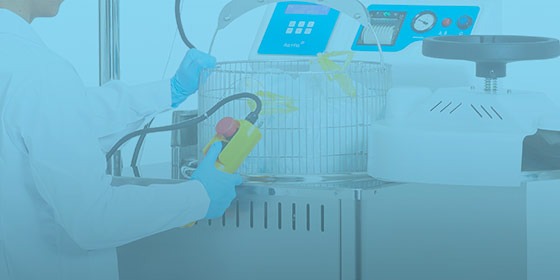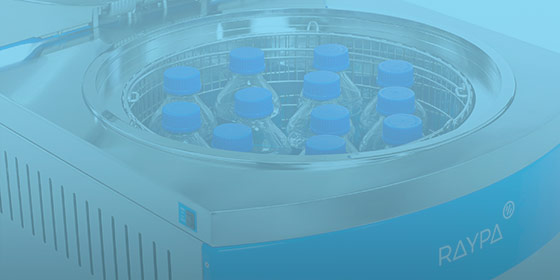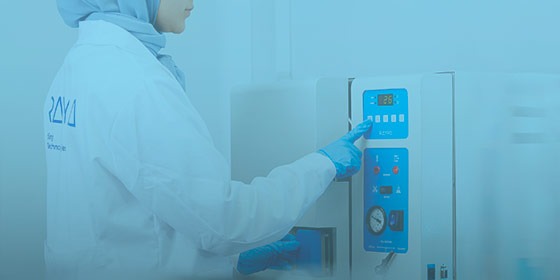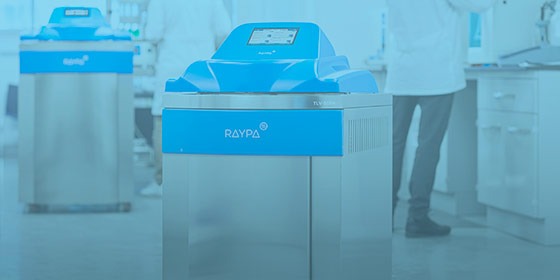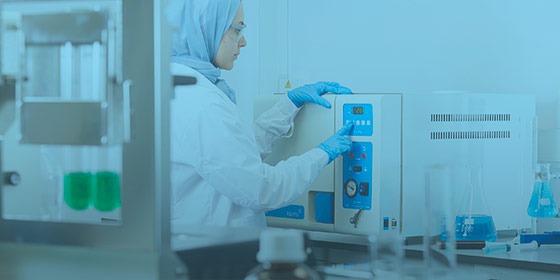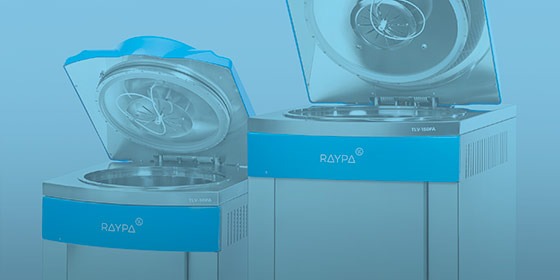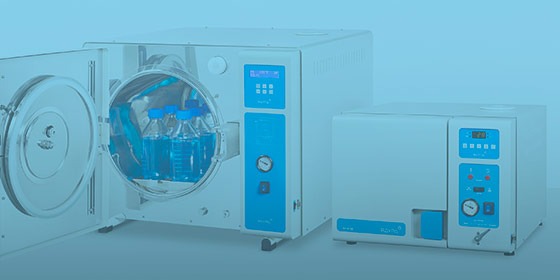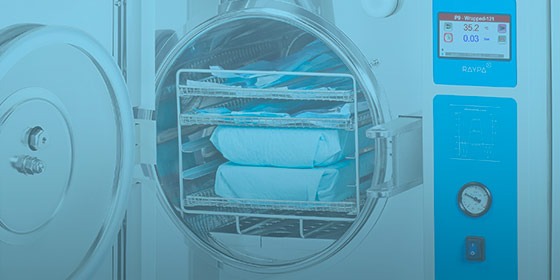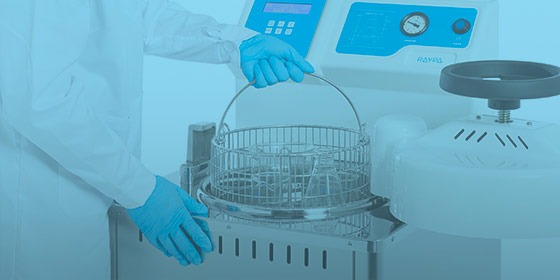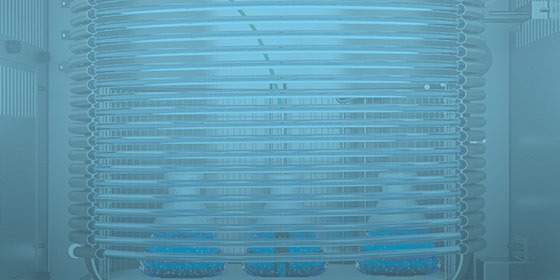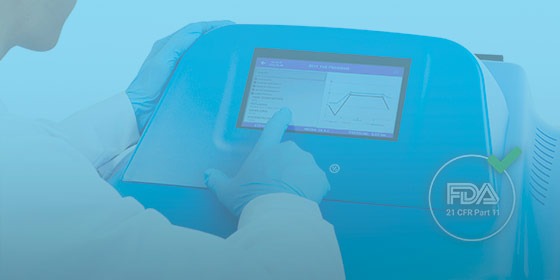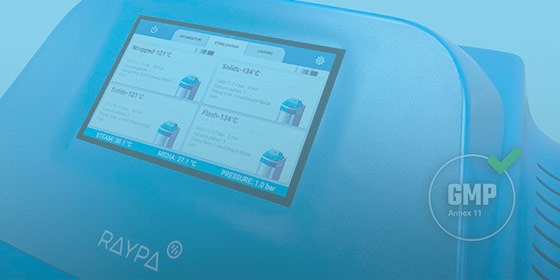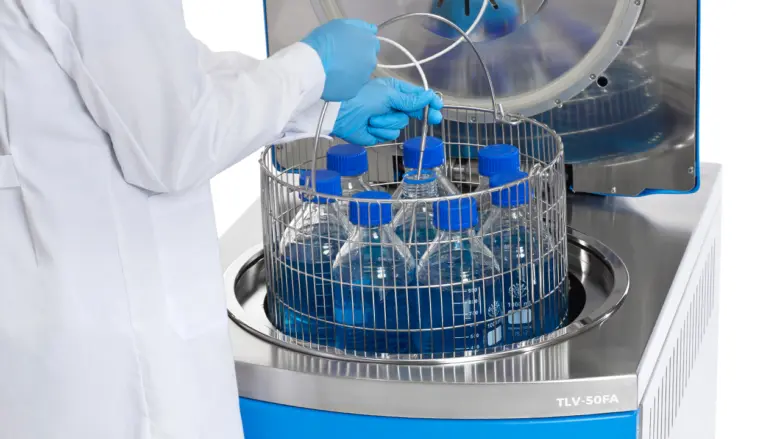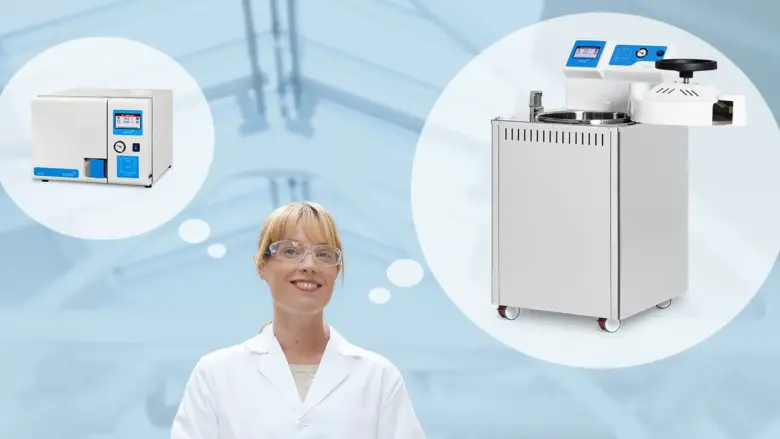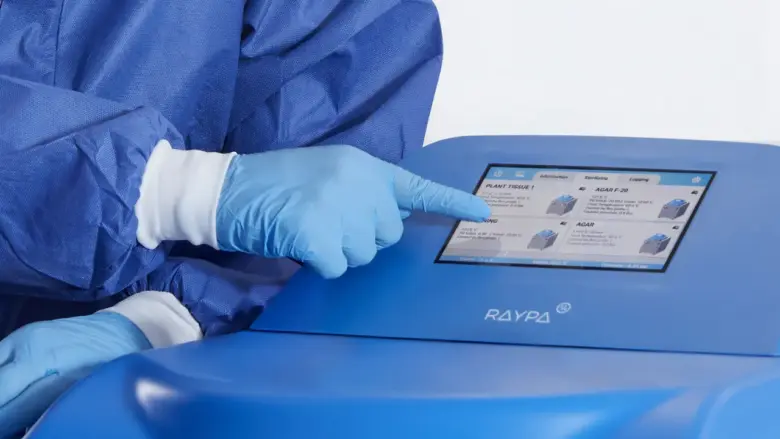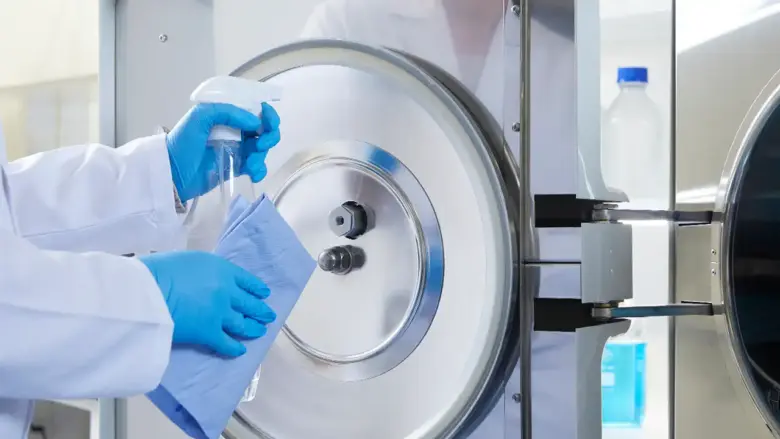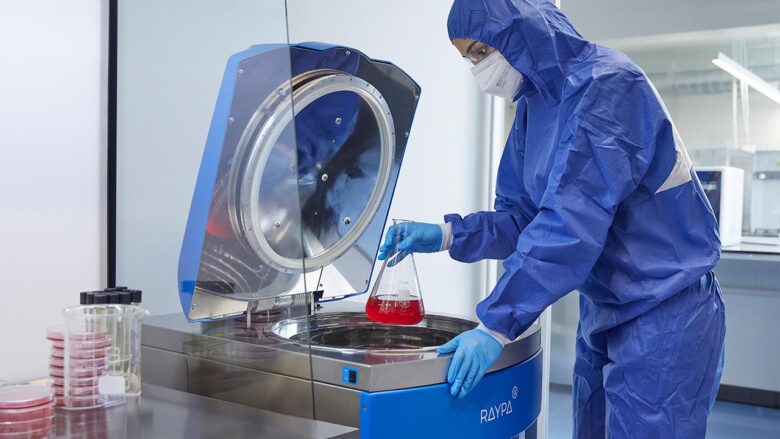Types of autoclaves for sterilization
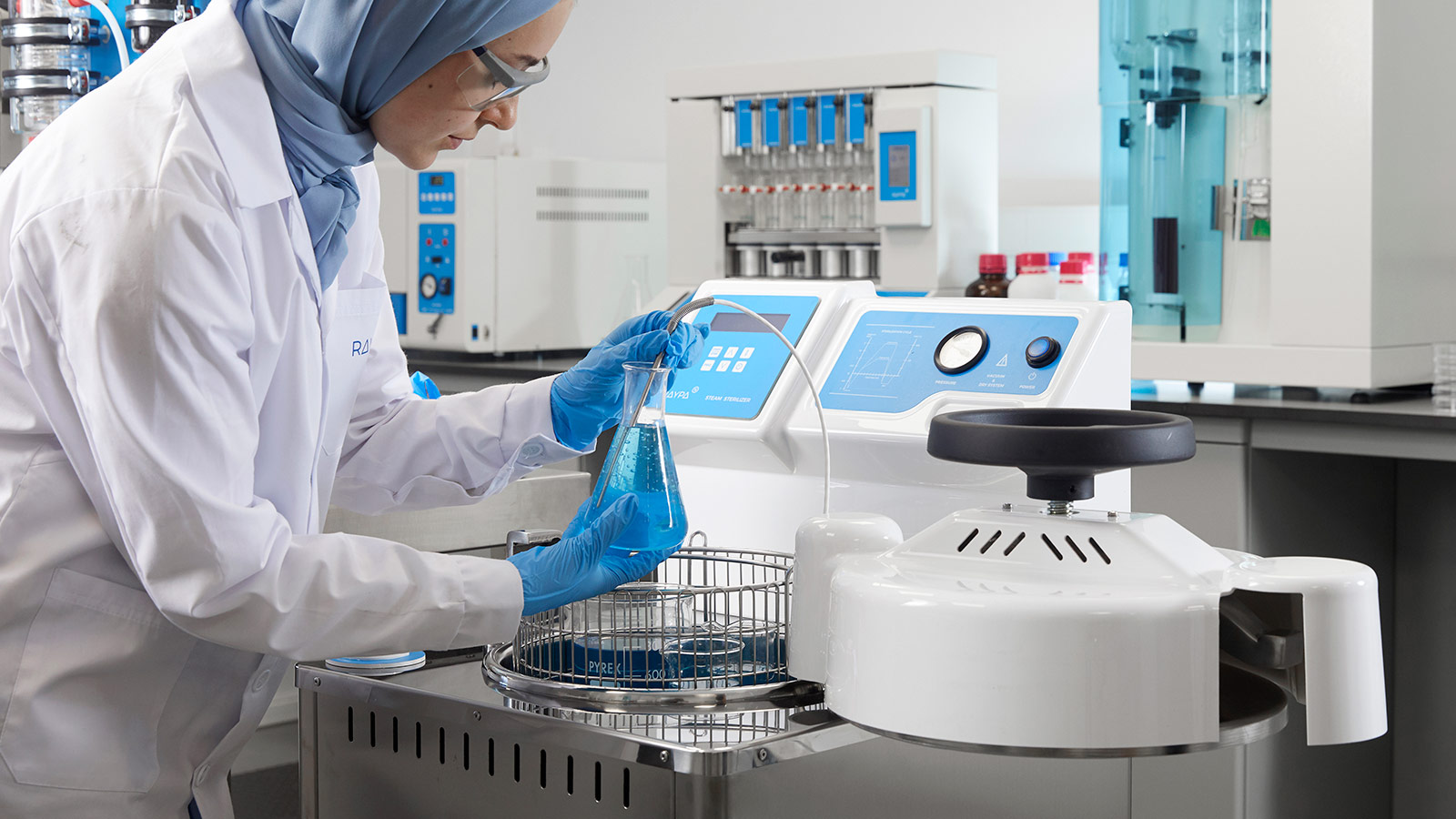
Autoclaves serve a broad range of industries by sterilizing materials, instruments, and equipment using high-temperature, high-pressure saturated steam. At RAYPA we manufacture a wide variety of types of autoclaves, each designed to meet the specific sterilization needs of diverse laboratories. Below, you’ll find the primary types of sterilization autoclaves that we offer.
Our types of autoclaves
Large autoclaves
With a typical chamber size in excess of 90 liters, these high-capacity units allow sterilization of large volumes of materials at a time and a wide variety of loads. They are common in large laboratories of research centers, the pharmaceutical industry and the food industry.
Medium autoclaves
These autoclaves offer enhanced versatility in terms of space and utility requirements, making them well-suited for laboratories and companies with limited floor space. They are ideal for sterilizing laboratory waste, multiple laboratory instruments and other items of moderate volume.
Small autoclaves
Small autoclaves are ideal for small laboratories, research centers and small companies. They are often used to sterilize small quantities of instruments or culture media. They are compact and easy to handle.
Vertical autoclaves
These types of autoclaves are loaded from above and are typically taller than they are wide, with an ergonomic and compact design. They are ideal for laboratories with limited space and for sterilizing elongated materials such as tubes or bioreactors.
Tabletop autoclaves
These are compact devices that are placed on tables or laboratory workbenches. They are popular in small laboratories and healthcare facilities due to their size and ease of use.
Top-loading autoclaves
These devices have an opening at the top for loading and unloading materials. Their efficient and space-saving design, coupled with medium to large-sized chambers, makes them a common sight in laboratories.
Front-loading autoclaves
Similar to a microwave or an oven, these devices have a door on the front that is used for loading and unloading materials. They are common in laboratories and healthcare settings as they offer an easy and ergonomic access to the processed contents.
Pre and Post-vacuum autoclaves
This type of autoclaves eliminates air before the sterilization phase (Pre-vacuum) and at the end of the cycle (Post-vacuum). These procedures ensure a complete and even steam penetration over al surfaces and cavities of items, thus ensuring a comprehensive and effective sterilization. They are ideal for objects of complex geometries or packaged items.
Autoclaves with drying
After sterilization, the load is moist; therefore, for hygroscopic objects, it’s crucial to dry the materials to prevent microbial contamination, especially in porous loads and fabrics. These autoclaves incorporate a final vacuum drying step to eliminate all residual moisture in a short period of time.
Autoclaves with fast cooling
To increase efficiency and reduce cycle times, autoclaves can be equipped with a fast cooling system. These systems reduce the temperature of the sterilized material much quicker so that it can be handled or used sooner.
FDA Autoclaves
These are autoclaves that comply with the guidelines and regulations of the U.S. Food and Drugs Agency. (FDA). They are essential for medical, food and pharmaceutical applications in the United States and abroad.
GMP Autoclaves
Good Manufacturing Practices (GMP) serve as standards to maintain consistent and superior quality in production. Autoclaves that adhere to GMP guidelines are essential for manufacturing pharmaceuticals and food, ensuring compliance with these regulations.
Discover all our modelsBlog
Types of Probes for Autoclaves
Vertical vs. Horizontal Autoclave: Which One Best Fits Your Needs?
Qualification Services for Top Line Autoclaves
How to clean an autoclave? Everything you need to know
Autoclave Classes: Differences Between Class S, N, and B
Our customers

















Subscribe to our newsletter
"*" indicates required fields

